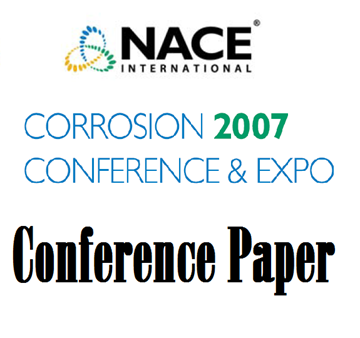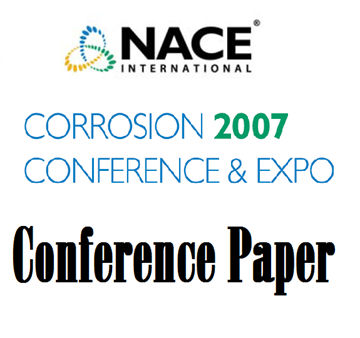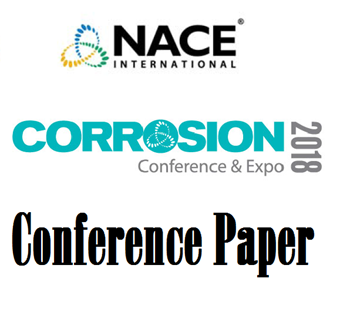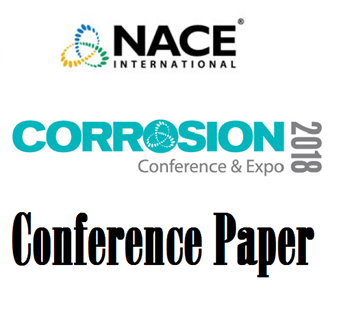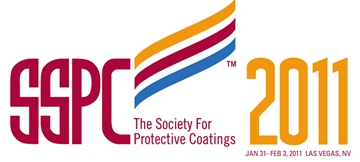Search
Products tagged with 'cracking'
View as
Sort by
Display
per page
07036 PRACTICAL CONSIDERATIONS FOR UPPER LIMITS OF CATHODIC PROTECTION
Product Number:
51300-07036-SG
ISBN:
07036 2007 CP
Publication Date:
2007
$20.00
07421 Fabricating Nickel Alloy Products to Avoid Stress Relaxation Cracking
Product Number:
51300-07421-SG
ISBN:
07421 2007 CP
Publication Date:
2007
$20.00
07570 The Top Ten Corrosion Issues Affecting HF Alkylation Units
Product Number:
51300-07570-SG
ISBN:
07570 2007 CP
Publication Date:
2007
$20.00
51318-10688-Evaluation of Corrosion and EAC Susceptibilities of Materials Used for Wireline/Slickline Downhole Environment in HPHT Sour Environment
Product Number:
51318-10688-SG
Publication Date:
2018
$20.00
51318-11098- Microbial Assisted Cracking of Admiralty Brass Tubes from Lube Oil Cooler
Product Number:
51318-11098-SG
Publication Date:
2018
$20.00
51318-11177-Effect of Mechanical Stress and Environmental Conditions on Degradation of Aerospace Coatings that G
Product Number:
51318-11177-SG
Publication Date:
2018
$20.00
A Parametric Evaluation of Well Construction Corrosion-Resistant Alloys for Geological Carbon Sequestration
Product Number:
51324-20582-SG
Publication Date:
2024
$40.00
A Study on Rapid Cure Non-Skid Coating System for Exposed Deck of the Marine Vessels
Product Number:
41211-620-SG
Publication Date:
2011
$20.00
A Survey of Plant Practices and Experience in HF Alkylation Units
Product Number:
51394-94511-SG
Publication Date:
1994
$20.00
AMPP Guide 21532-2023, Guideline for Materials Selection and Corrosion Control for CO2 Transport and Injection
Product Number:
AMPP Guide 21532-2023
Publication Date:
2023
$109.00
ANSI/NACE MR0103-2015/ISO 17945-2015, “Petroleum, petrochemical and natural gas industries -- Metallic materials resistant to sulfide stress cracking in corrosive petroleum refining environments”
Product Number:
21305-SG
Publication Date:
2015
$180.00
ANSI/NACE TM0284-2016, Evaluation of Pipeline and Pressure Vessel Steels for Resistance to Hydrogen-Induced Cracking
Product Number:
21215-SG
ISBN:
1-57590-163-3
Publication Date:
2016
$109.00

